-
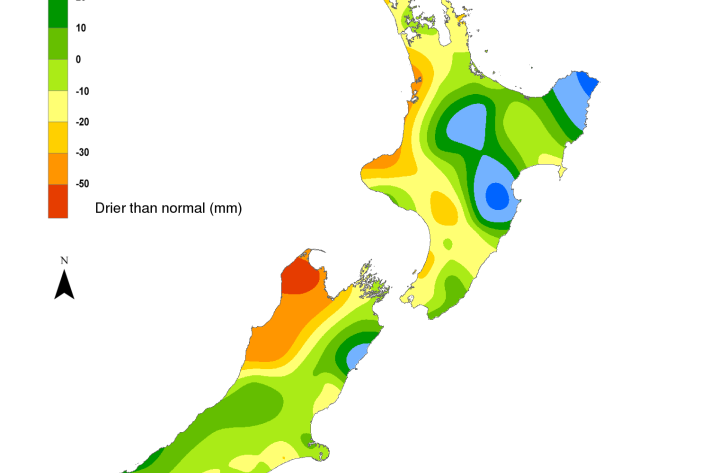
NIWA's Hotspot Watch for 23 January 2019
Hotspot23 January 2019The previous hotspot in the Far North dissipated around the Aupouri Peninsula in the past week, but has spread south into northern Whangarei and Kaipara districts. The current hotspot in Tasman could strengthen in the next week, while central Canterbury may see a new hotspot form in the coming week. -
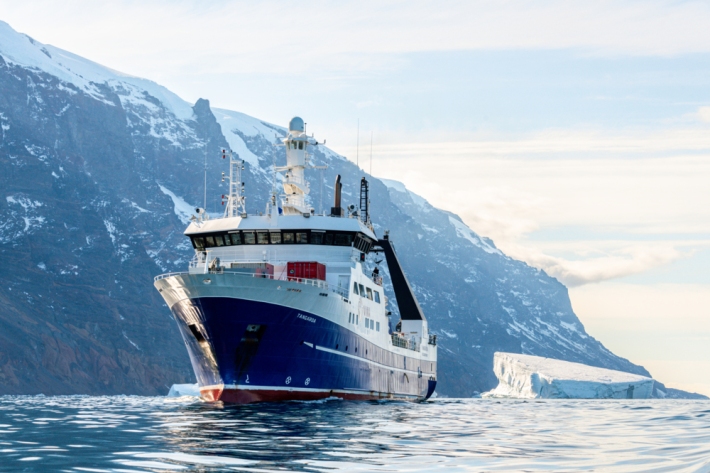
Ross Sea Environment and Ecosystem Voyage 2019
From 8 Jan - 27 Feb 2019, RV Tangaroa undertook a six-week research voyage to Antarctica and the Southern Ocean. -
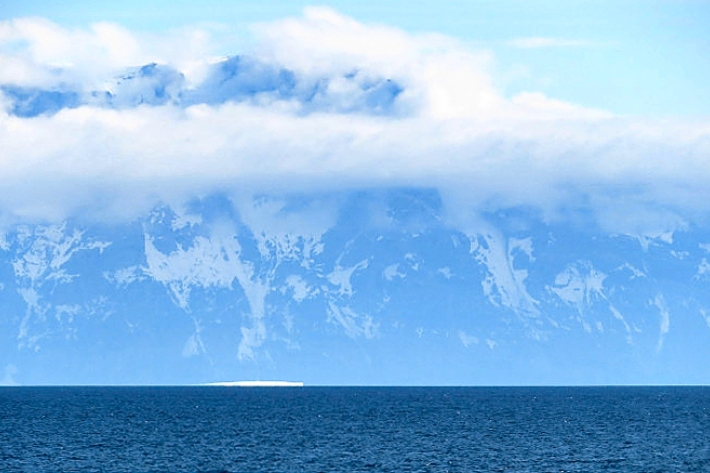
Voyage update 2: Cape Adare
17 January 2019. By Voyage Leader Dr Richard O'Driscoll. -
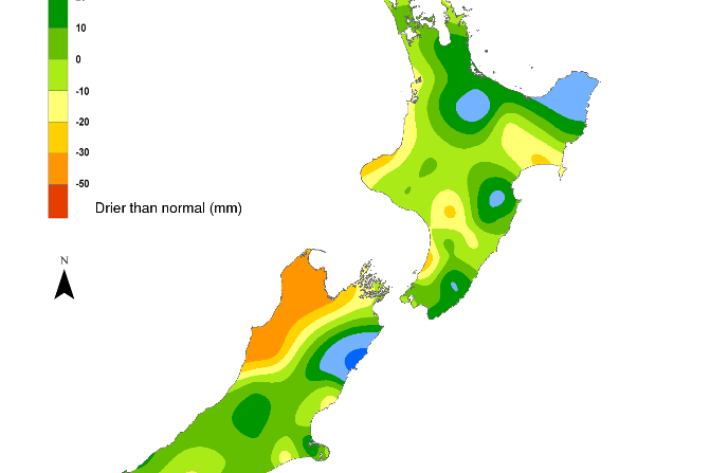
NIWA's Hotspot Watch for 16 January 2019
Hotspot16 January 2019The previous hotspot in the Far North has expanded in size during the past week, now encompassing much of the eastern Far North and the Aupouri Peninsula. A hotspot remains in place across Nelson and nearby portions of Tasman, but no other South Island hotspots are in effect at this time. -

Sea Surface Temperature Update
Publication seriesTo give insights to sea surface temperatures, NIWA scientists have combined predictions from ten climate models from institutes around the world. -
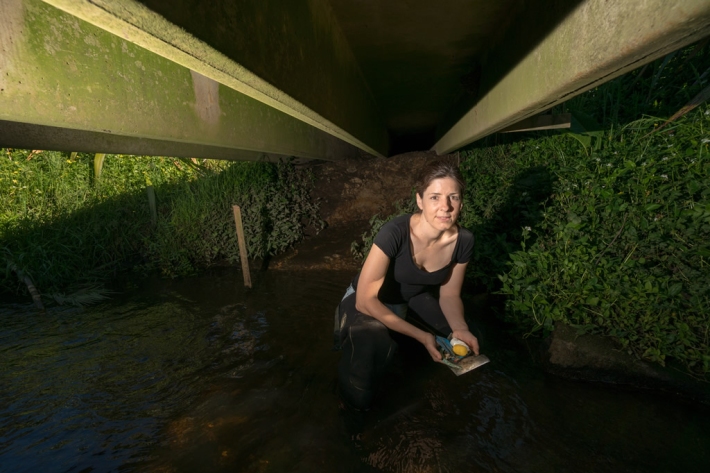
Scientist collects rubbish to rid rivers of plastics
Feature story16 January 2019It may be rubbish to everyone else, but to Amanda Valois each little scrap of plastic on a river bank or in a waterway tells a valuable story. -
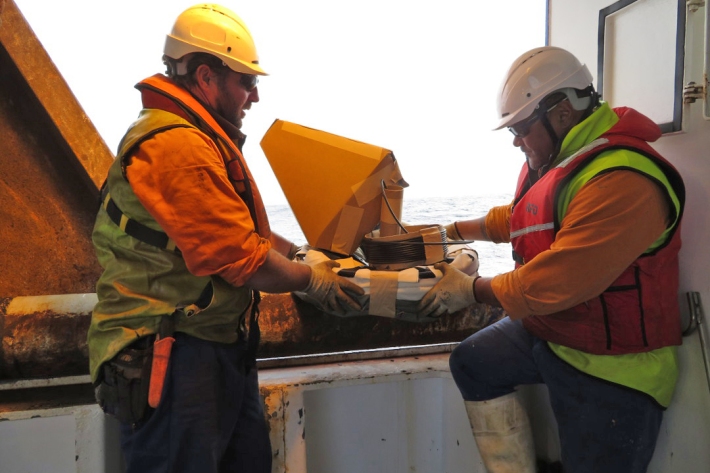
Voyage Update 1: first iceberg spotted at 60° South.
13 January 2019. By Voyage Leader Dr Richard O'Driscoll. -
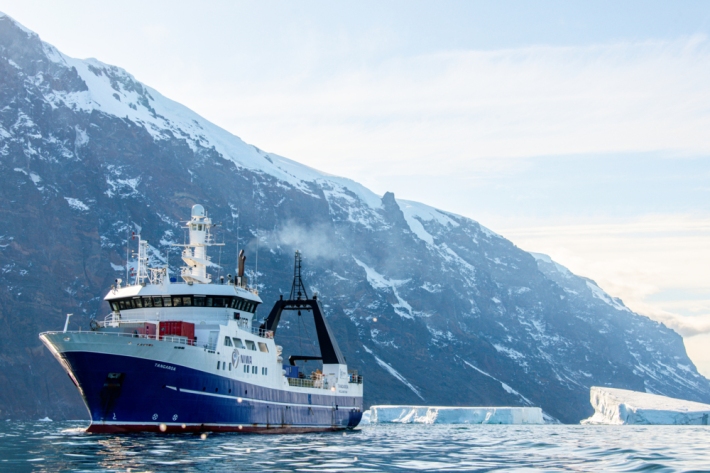
The Ross Sea Region Research and Monitoring Programme
Research ProjectThe Ross Sea Region Research and Monitoring Programme (Ross-RAMP) is a five-year research programme funded by the Ministry of Business, Innovation and Employment (MBIE) and run by NIWA to evaluate the effectiveness of the Ross Sea Marine Protected Area. -
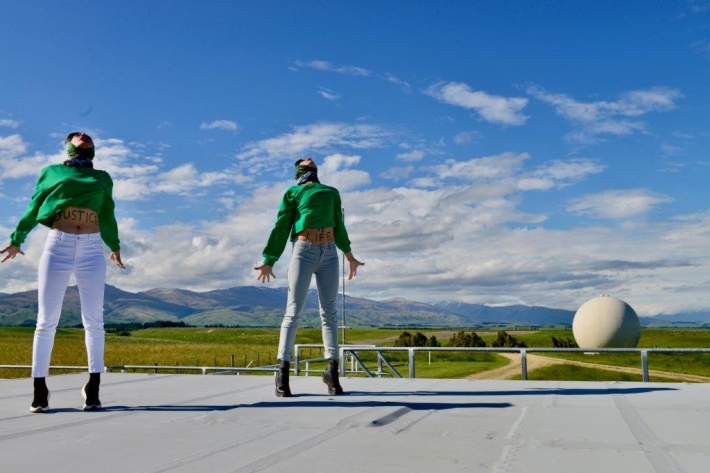
The science of art or the art of science…
Feature story11 January 2019If you think science and art have nothing in common, think again. At environmental science institute NIWA, it’s all about one inspiring the other. -
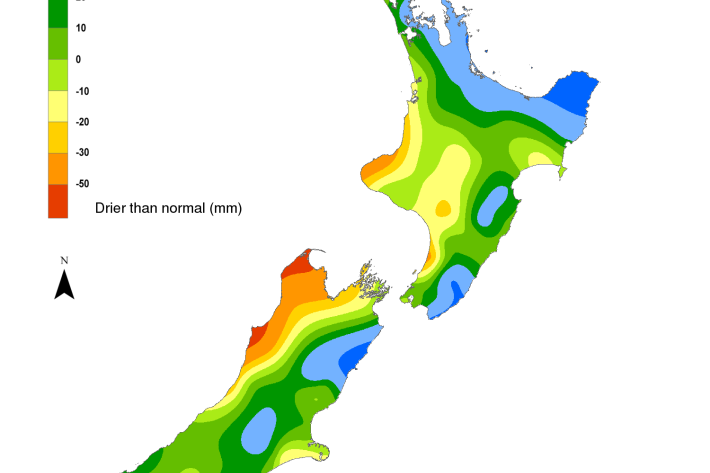
NIWA's Hotspot Watch for 9 January 2019
Hotspot10 January 2019A weekly update describing soil moisture across the country to help assess whether severely to extremely dry conditions are occurring or imminent. Regions experiencing these soil moisture deficits are deemed “hotspots”. Persistent hotspot regions have the potential to develop into drought. -
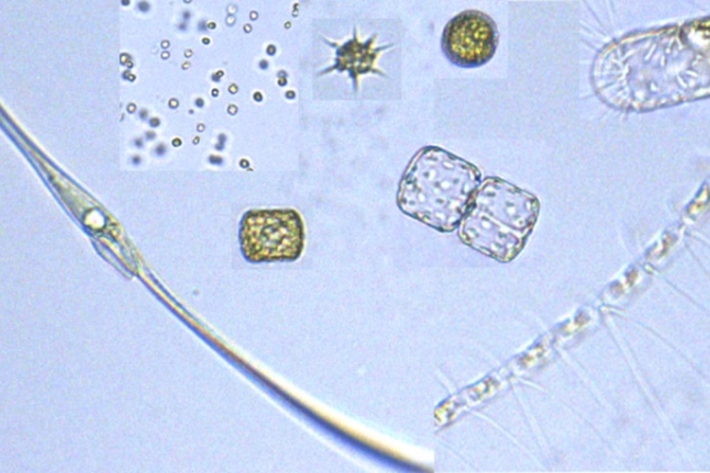
Voyage Update 8. Phytoplankton diversity and production
Phytoplankton: tiny cells with a big job -
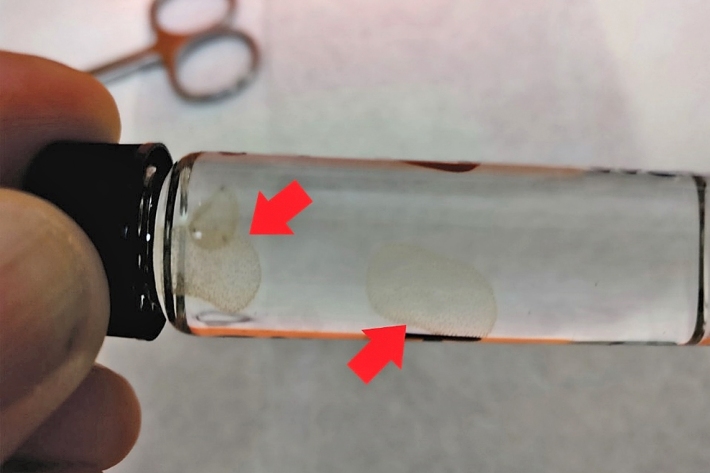
Voyage Update 9: Protistan diversity
During the voyage, we collected planktonic protist cells for which DNA will be sequenced for taxonomic identification, but also to understand their physiology through the daily diurnal vertical migration (diel) cycle.
